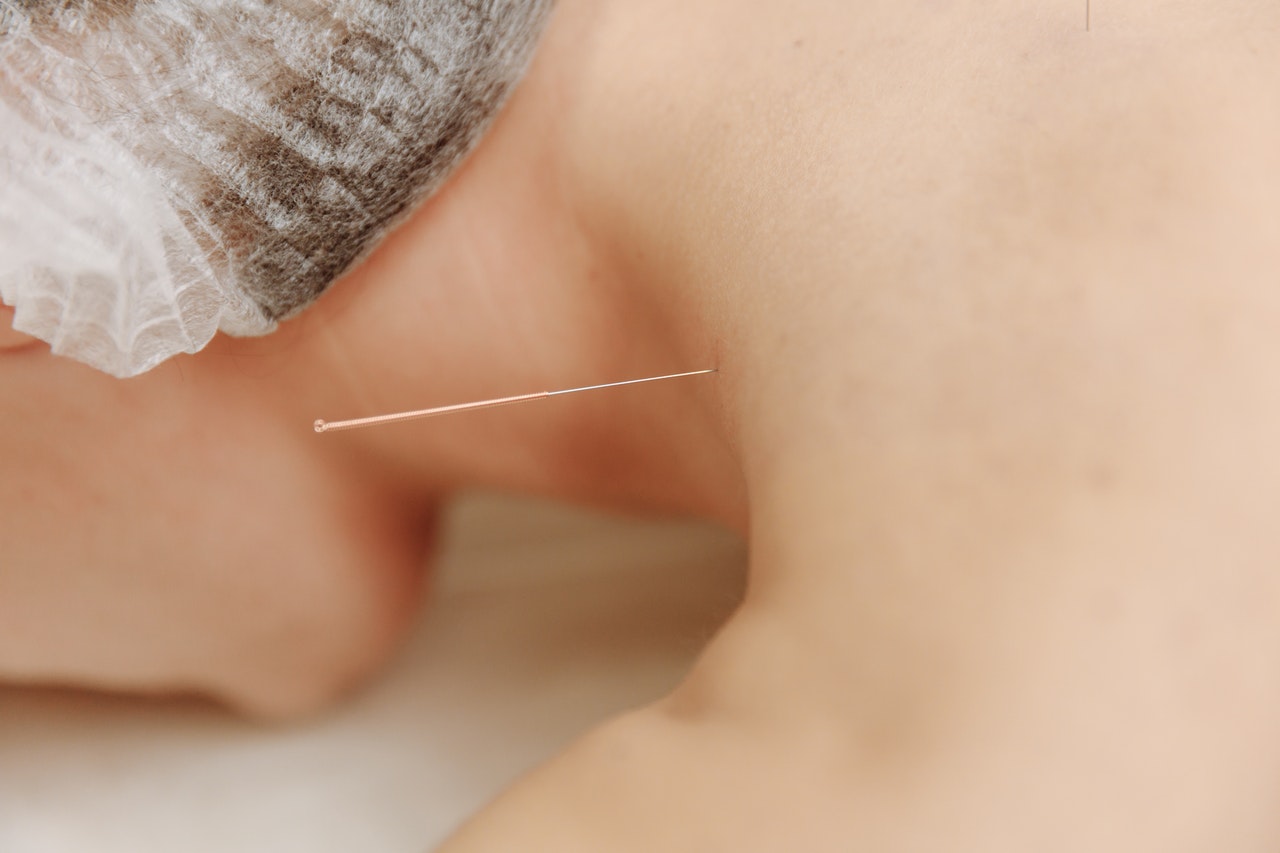Osteopathy is a well known detection, treatment, and prevention method for health problems that cause issues with the mobility of the bones, joints, ligaments and connective tissue. Osteopaths use a range of treatments and methods to help relieve the pain and symptoms that their patients experience, but what about acupuncture and dry needling?
So, do osteopaths use acupuncture? Some osteopaths are beginning to incorporate acupuncture and dry needling into their practiceto treat severe muscle spasms and severe pain from conditions such as arthritis. However, osteopaths must be sufficiently trained to practice acupuncture.
Keep reading to find out more about acupuncture and dry needling within osteopathy.
Do Osteopaths Incorporate Acupuncture Into Their Practice?
Osteopathy is a treatment based on the idea that an individual’s wellbeing is reliant on the smooth functioning of their bones, muscles, ligaments, and connective tissues. Typically, osteopathy treatments involve the manipulation of joints, massaging of muscles, and stretching exercises to alleviate pains and strains caused by particular health issues, particularly musculoskeletal conditions.
In order to further alleviate pain, some osteopaths are now adopting additional treatments such as acupuncture and dry needling. Acupuncture is the process of inserting fine needles into the body at strategic points, stimulating sensory nerves. This can help to relieve or manage pain, improve range of motion, and even prevent future injuries.
These benefits are in line with the aims of osteopathy, but offer a more gentle approach for those with the most severe conditions.
In an experiential review, one osteopath recounts his experience of incorporating acupuncture into his practice, particularly for back pain relief. He explains that acupuncture and dry needling have a number of benefits for osteopathy, including:
- Acupuncture is a passive treatment, great for the elderly, disabled, and those in a great deal of pain that can’t be moved too vigorously
- It is a great first step in reducing pain, before embarking on more vigorous treatments, or recommending other treatments such as exercise, chiropractic, or physiotherapy. He explains that, sometimes, it is necessary to first lower pain levels before embarking on other treatments
Similarly, according to a 2011 study, when used alongside osteopathy, acupuncture and dry needling resulted in a significant improvement in pain levels and quality of life in individuals that suffer with severe musculoskeletal problems. The study also found that people with severe musculoskeletal problems experienced a significant reduction in the amount of medication they take to alleviate pain, after acupuncture and dry needling.
What Techniques Do Osteopaths Use?
Osteopaths use a variety of techniques, depending on the area that they are treating and the severity of pain. Below we have detailed the different methods that are commonly used by osteopaths to help alleviate pain in their patients.
Acupuncture
As previously mentioned, acupuncture is a technique used by some osteopaths that have the necessary qualifications. From a Western perspective, experts believe acupuncture to work by increasing both serotonin and endorphins in the blood, which can cause pain relief, sedation, and recovery in motor functions.
Acupuncture is often used in osteopathy on patients that are experiencing severe pain, sometimes as a way to gently reduce their pain level before introducing more vigorous treatments, such as those outlined below.
Soft Tissue Massage
Soft tissue massage is a technique used by osteopaths to help relax and reduce tension in targeted muscles where pain is most dominant. Soft tissue massage can be effective for patients that are struggling with regular aches and pains from knots, muscle spasms and the pulling of muscles.
Stretching of Joints
The stretching of stiff joints is also a regularly used technique in osteopathy. Quite often pain can build in various areas due to lack of flexibility. Osteopaths can use a range of stretching exercises to help encourage flexibility and range of motion which, over time, can help to alleviate pain.
Joint Articulation
Joint articulation is another technique used by osteopaths to encourage joints to maintain their natural range of motion. Often joints can become stiff and painful if they have not been regularly moved through simple exercises, therefore when forcibly moved by a professional, can provide a lot of relief for patients. Joint articulation results in the release of synovial fluid which lubricates the joints and eases the flow of movements.
High Velocity Thrusts
High velocity thrusts are a method used by osteopaths to help release structures and joints that have a restricted range of motion . Typically this method is used on the back and spine to help alleviate stiff motion and mobility. High velocity thrusts involve a fast and sharp specific movement to the spine that often produce clicking noises and can provide instant partial relief.
How Can Osteopaths Train in Acupuncture?
In order to practice acupuncture, osteopaths can study a relevant CPD course, such as our Acupuncture & Dry Needling Foundation Course. Such qualifications allow healthcare professionals to be able to safely and effectively practise acupuncture, however, they cannot call themselves an acupuncturist as this is a protected title which requires a minimum of 3 years’ study at degree level.
Final Thoughts
Acupuncture is a method that is slowly being introduced into the osteopathy profession as a way of improving service offerings. Whilst there is limited research into the area, some studies and personal accounts show that acupuncture and dry needling can offer great benefits to osteopathy and has the potential to gently reduce pain levels before embarking on more vigorous osteopathy treatment, exercise regimes, physiotherapy, or chiropractic.
This is particularly useful for individuals experiencing severe pain, where regular osteopathy treatment may be unbearable, and/or those with severe musculoskeletal conditions.
If you are an osteopath interested in incorporating acupuncture into your practice, Breeze Academy offers a range of acupuncture CPD courses, including our foundation-level course, that is ideal for medical professionals that are looking to begin their acupuncture journey.
Find out more about our acupuncture and dry needling courses online, or get in touch for more information.
